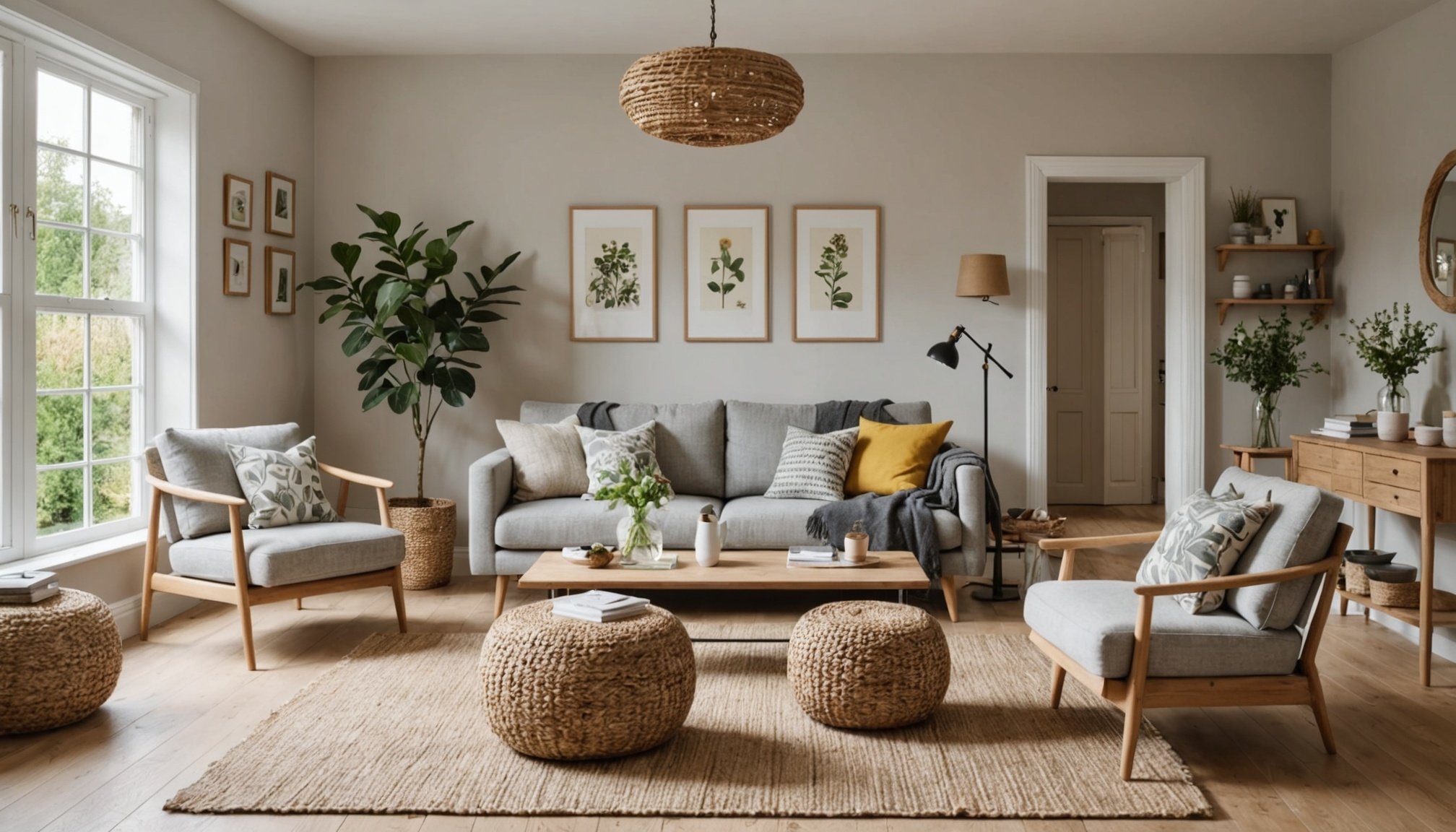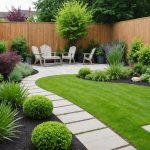In a time where the importance of eco-conscious living has been highlighted, many homeowners are seeking to incorporate sustainable practices into their daily lives. One such method is through the design and decorating of your home. But how can you achieve a stylish, comfortable living space while also considering the planet? Let’s delve into some tips, ideas and methods for decorating a UK home in a sustainable and eco-friendly way. From the use of energy-efficient materials, to the selection of green furniture and paint, we will provide you with a comprehensive guide for eco-conscious home decor.
Selecting Sustainable Materials
When considering home decoration, one of the first aspects to think about is the materials you will use. Selecting sustainable materials can significantly reduce the environmental impact of your home decor.
Dans le meme genre : Creating a Pet-Friendly Oasis: Key Features for a Safe Garden in Suburban Nottingham
Consider materials that are locally sourced or recycled. This reduces the carbon footprint associated with transporting goods from far-flung locations. Reclaimed wood, for instance, can be used for furniture, flooring, and structural elements such as beams.
Bamboo, another environmentally friendly option, grows faster than any other wood, making it a renewable resource. It is also incredibly durable, perfect for flooring or furniture.
A découvrir également : Essential Tips for Caring for Your Thatched Roof: Expert Practices for UK Homeowners
Additionally, opt for materials with low volatile organic compound (VOC) emissions, such as zero-VOC paint. VOCs are harmful chemicals that can pollute your indoor air and have adverse health effects.
Incorporating Energy-Efficient Design Ideas
Moving on to actual design ideas, energy efficiency should play a significant role. Considering energy use can make your home not only more eco-friendly but also cost-friendly.
Windows, for instance, serve as a significant source of heat loss and gain. By installing energy-efficient windows, you can reduce your home’s heating and cooling costs. Using thermal curtains or blinds can also help maintain your home’s temperature, reducing energy usage.
Natural lighting is another energy-efficient design idea. The smart placement of mirrors can help reflect sunlight deeper into rooms, reducing the need for artificial lighting during the day.
Green Furniture Choices
Furniture selections can also greatly influence the eco-friendliness of your home. When buying furniture, look for items made from sustainable, recyclable or reclaimed materials.
Also, consider the longevity of the furniture piece. Investing in high-quality items that will last is more eco-friendly than repeatedly buying and replacing low-quality items.
Another option is to buy second-hand. Not only does this reduce the demand for new furniture production, but it also prevents usable items from ending up in landfill.
Water-Saving Home Decor
Incorporating water-saving elements into your home decor can also contribute to a more sustainable home. Low-flow fixtures, such as faucets, showerheads and toilets, can significantly reduce your water usage.
Rainwater harvesting systems are another eco-friendly home addition. These systems collect rainwater, which can be used for gardening, washing cars or flushing toilets, reducing your reliance on mains water.
Budgeting for Sustainability
While it may seem that building an eco-friendly home is a costly affair, this is not always the case. Many sustainable materials and designs can actually save you money in the long run.
Energy-efficient designs, such as effective insulation or solar panels, can significantly reduce your energy bills. Recycled materials can also be cost-effective, and choosing long-lasting furniture reduces the need for replacements.
Remember, sustainability doesn’t imply sacrificing style or comfort. With careful planning and creative thinking, you can decorate a UK home that is both beautiful and eco-friendly.
Utilising Renewable Energy Sources
Adopting renewable energy sources in your home is a significant step towards sustainability. Not only does it reduce your carbon footprint, but it can also help you save money on energy bills. Incorporating renewable energy into your home decor might seem challenging, but with modern technology, it’s perfectly feasible and stylish.
Solar panels are an excellent example of this. They harness the energy of the sun to produce electricity for your home, reducing your reliance on non-renewable energy sources. Solar panels have come a long way in terms of design, and they can now be incorporated into your home’s exterior decor smoothly without disrupting its aesthetic appeal. There are even solar roof tiles available that blend seamlessly with traditional roof tiles.
Wind turbines are another renewable energy source that can be incorporated into larger properties. While larger turbines may not be suitable for all homes, mini wind turbines are an option for those keen on wind energy.
Ground source heat pumps are another renewable energy option. They leverage the natural heat from the ground to provide heating and hot water for the home. This technology is particularly effective in well-insulated eco homes.
Eco-Friendly Interior Design
Interior design plays a vital role in creating an eco-friendly home. The choice of colours, patterns, accessories, and the overall layout can contribute to a more sustainable living space.
Select colours that inspire tranquillity and calmness, like earthy tones. Natural colours bring the feeling of the outdoors in, making your home feel more connected to nature. To add texture and warmth to your living room or bedroom, consider rugs made from natural materials like wool or jute.
When choosing accessories, consider items made from reclaimed wood or recycled materials. Not only does this reduce waste, but it also adds a unique touch to your home decor. For example, a mirror with a frame made of reclaimed wood can be a focal point in your living room.
Choose an open plan layout to encourage natural light and air flow. This can reduce the need for artificial lighting and air conditioning, saving on energy consumption.
Before making any purchase, ask yourself if the item is genuinely necessary. Overconsumption is one of the key drivers of environmental damage. By being mindful of what we bring into our homes, we can reduce waste and contribute to a more sustainable world.
Conclusion
Creating an eco-friendly and sustainable home is more than just a decorative trend. It’s about making conscious decisions that positively impact the environment and future generations. From choosing sustainable materials and energy-efficient designs, to harnessing the power of renewable energy and implementing water-saving features, there are numerous ways to create a stylish yet eco-friendly home. Remember, the goal is not just to reduce your carbon footprint, but also to create a comfortable and aesthetically pleasing living space. With careful planning and creative thinking, it’s possible to achieve the ideal balance between style, comfort, and sustainability in your UK home.











